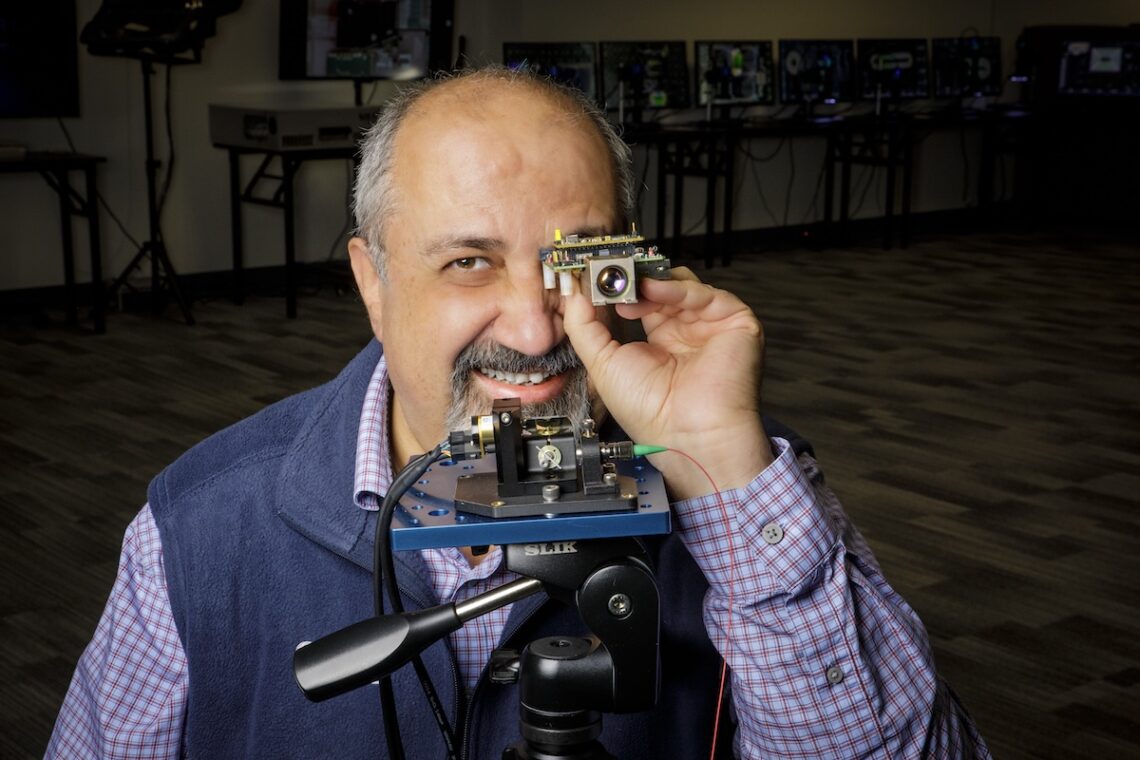Decades ago, engineers such as Mehdi Asghari helped develop the integrated circuits that power the world today.
Using silicon, these circuits – colloquially called microchips – have contributed to vast technological advancements in electronics thanks to their ability to cram billions of circuits and transistors on smaller and smaller boards. Now, Asghari wants to do the same, but with photons – which transmit light instead of electricity.
“Thirty years ago, these things would have been the size of a football pitch (a soccer field). Now it’s in a cellphone,” said Asghari, founder and chief executive of SiLC Technologies, which is based in Monrovia. “That’s for electrons, what carries a current. What we’re trying to do is do the same thing for photons. We’re trying to achieve the same breakthrough for photons.”
He is working on so-called machine vision, which interprets images generated by photons carrying light; it allows mechanized things to react to their environment – say, automated vacuums, collision sensors on vehicles and delivery robots. The company in December announced a breakthrough: its Eyeonic Vision Sensor chip detected and processed images from a distance of 2 kilometers, or about 1 1/4 miles. It did so in the wake of nearly doubling its fundraising. It is now targeting 10 kilometers.
This, Asghari explained, is in the service of advancing robotics from simple machines that perform repeated precise tasks to ones able to interpret their environment and perform independently.
“These are not things that a robot can easily do. The robot didn’t even need to see to do work at first,” he said. “We are trying to replace the nonexistent workers (due to staffing shortages), and in order to do that the robots need to see the world.”
Microchips, for vision
Founded in 2018, SiLC has been where Asghari assembled a team to advance machine vision to higher and higher levels.
The company has 50 employees, 40 of whom have…
Read the full article here







